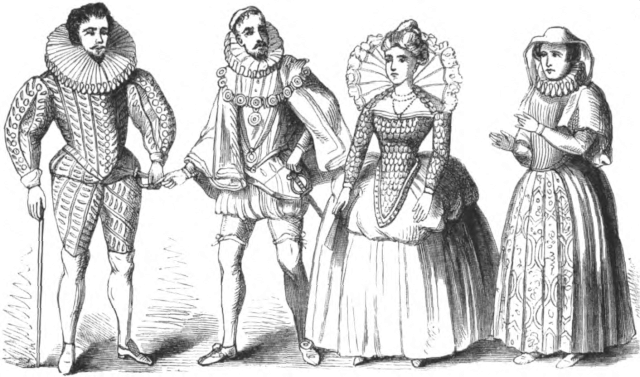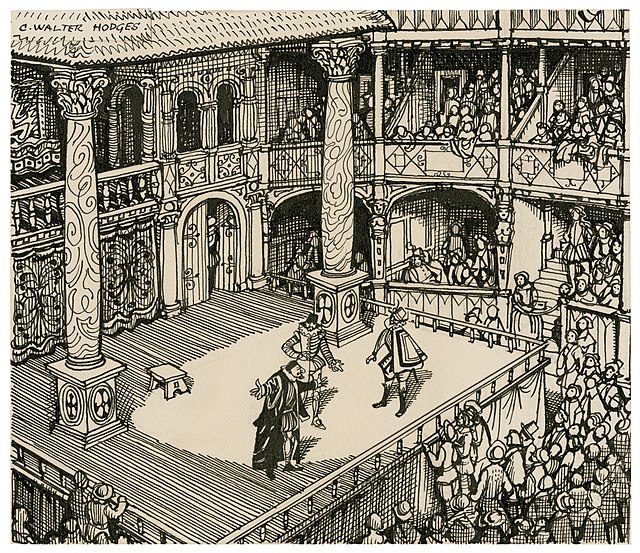
An Exploration of Elizabethan Theatre Conventions
Elizabethan theatre, also known as English Renaissance theatre, is a term used to describe the theatrical productions that took place in England during the reign of Queen Elizabeth I from 1558 to 1603. This period is widely regarded as a golden age of theatre, with plays by William Shakespeare and his contemporaries enjoying immense popularity and critical acclaim. Some of the other prominent playwrights of the era include Christopher Marlowe, Ben Jonson, Thomas Dekker, Thomas Kyd, Thomas Heywood, and Robert Greene.
The Elizabethan era was marked by a great cultural and intellectual awakening, and theatre was seen as a means of reflecting and exploring the social, political, and religious issues of the day. The plays of this era covered a wide range of genres, from historical dramas and tragedies to comedies and romantic works. The themes and motifs explored in these plays ranged from the human condition, morality, and politics to love, passion, and intrigue.
Let’s deep dive into the acting and staging conventions of Elizabethan Theatre:
Soliloquy and Aside
One of the most distinctive features of Elizabethan theatre was the use of soliloquy and aside. Soliloquy is when a character speaks to themselves on stage, while aside is when a character speaks to the audience directly, without being heard by other characters on stage. These conventions were used to convey a character’s thoughts and feelings, and to give the audience insights into the plot and the characters’ motivations.
Boys Performing Female Roles
Another unique aspect of Elizabethan theatre was the convention of boys performing female roles. Women were not allowed to perform on stage during this period, so boys were cast in female roles instead. This convention added an extra layer of complexity to the plays, as it required the actors to master the physical and vocal characteristics of the opposite gender.
Masque
The masque was a popular type of theatrical performance during the Elizabethan era. Masques were elaborate productions that combined dance, music, poetry, and elaborate costumes and sets. They were often performed at court, and were used to celebrate special occasions, such as weddings and royal births.
Eavesdropping
Eavesdropping was a common plot device used in Elizabethan theatre. This involved characters overhearing conversations they were not meant to hear, which often led to dramatic revelations and plot twists.
Presentational Acting Style
The acting style in Elizabethan theatre was highly presentational, with actors using exaggerated gestures and vocal inflections to convey emotion and meaning. This style was influenced by the conventions of ancient Greek and Roman theatre, which were popular during the Renaissance period.
Dialogue
Dialogue was a key element of Elizabethan theatre, with characters often engaging in lengthy, poetic speeches that explored complex themes and ideas. The language used in these plays was rich and poetic, with a focus on wordplay and metaphor.
Play Within a Play
The convention of the play within a play was also popular during the Elizabethan era. This involved a play being performed within the larger context of another play, often as a form of comic relief or to comment on the main plot.
The acting and staging conventions of Elizabethan theatre were diverse and complex, and continue to influence modern theatre today. From the use of soliloquy and aside to the elaborate productions of the masque, Elizabethan theatre was a vibrant and exciting art form that pushed the boundaries of what was possible on stage. As theatre continues to evolve and change, it is important to remember the rich history and traditions that have shaped this art form into what it is today.






